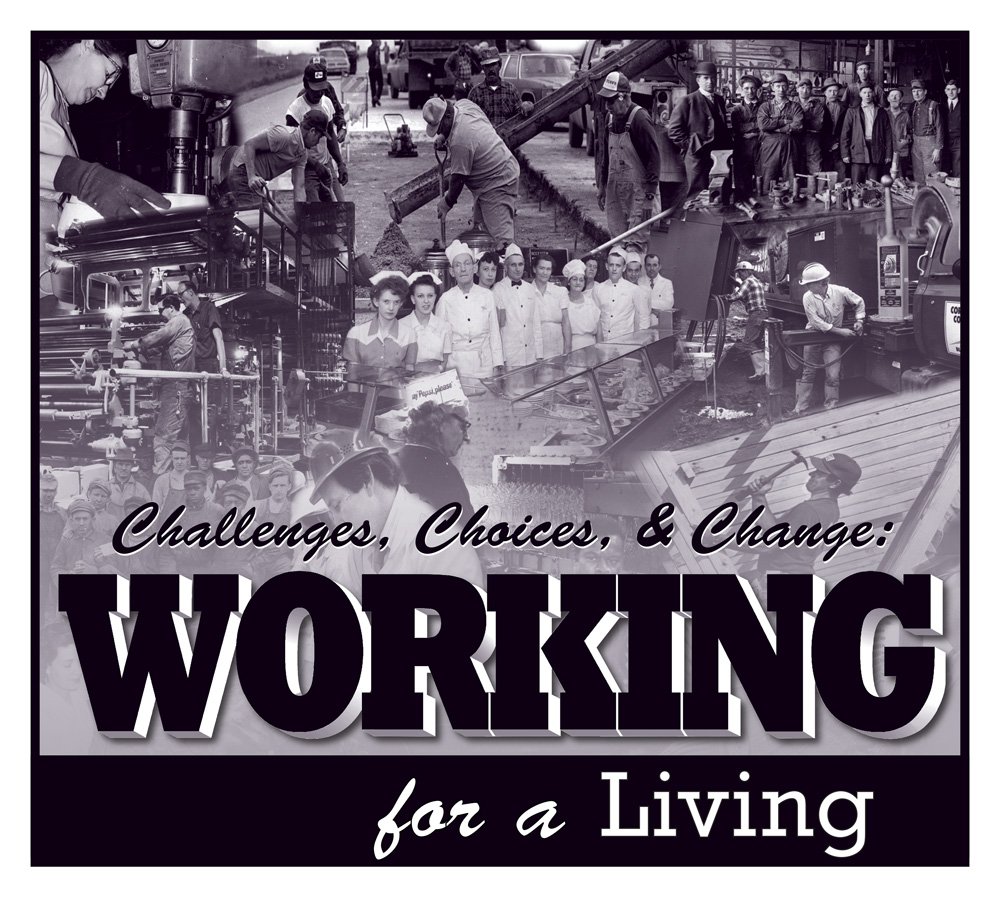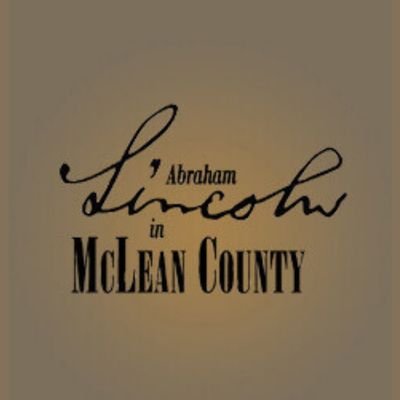1850
Who had the power to choose their work?African Americans
African Americans who arrived from the south looking for opportunities to improve their lives brought with them limited occupational skills, as most had only worked as laborers, or house servants
White Settlers
Many of McLean County’s earliest white residents (mostly from the south) brought with them deep-seated traditions and practices. These included the belief that African Americans should be treated as property, and unwritten laws that limited the kind of work available to African Americans.
Who had the power?
We don’t know when William McCoslin arrived in Bloomington. But by the spring of 1850, the Illinois native had established a barber shop on Front Street in Bloomington.
With few exceptions, manual labor and barbering were two of the few jobs at which Black men could earn a living. McCoslin cut the hair of and shaved both Black and white customers—possible, perhaps, because he was of mixed race.
McCoslin also provided a clothes cleaning service. This work was likely contracted to a capable Black laundress—perhaps his wife Caroline Allen, who he married in September of 1850.
McCoslin would also “visit ladies at their residences, and curl and dress hair in the latest and most approved styles.”
McCoslin enlisted in the 29th Regiment of the U.S. Colored Infantry during the Civil War, doing so as soon as African Americans were allowed to, in 1863
McCoslin traveled to Quincy, where the Black regiment was organized. He served his country well achieving the rank of Sergeant Major before he mustered out (was discharged from) of the army.
On his return he had more rights as Black Codes had been eliminated and African American men could vote. But unwritten laws regarding African American jobs had not changed. McCoslin continued to work as a barber for the rest of his life.
Reflection Questions
Who determined where African Americans worked?
What words shown here best describe why job opportunities for African Americans were limited?
 Making a Home
Making a Home
 A Community in Conflict
A Community in Conflict
 Working for a Living
Working for a Living
 Farming in the Great Corn Belt
Farming in the Great Corn Belt
 Abraham Lincoln in McLean County
Abraham Lincoln in McLean County







